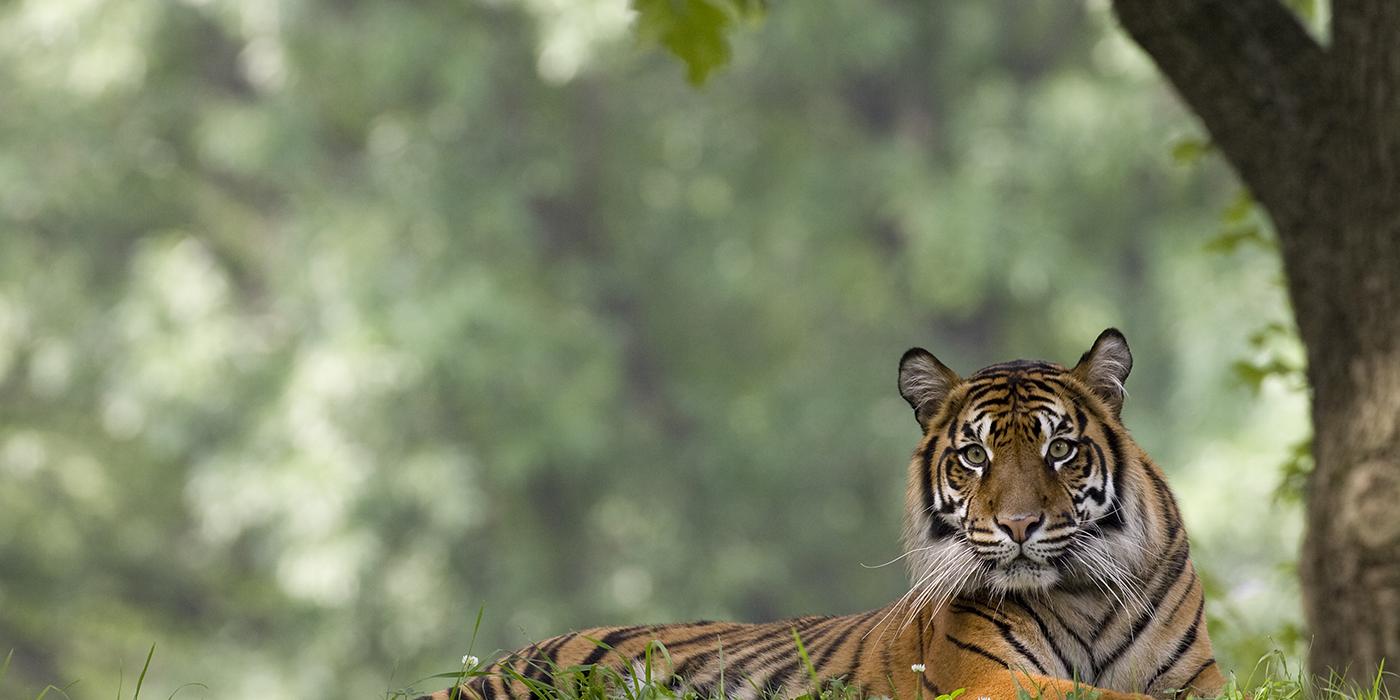Biodiversity Genomics
Genomics, the comprehensive study of an organism’s genome, unifies and empowers all biological sciences. The integration of genomic science, methods, tools, applications, and findings are having measurable impacts on research throughout the Smithsonian Institution and will engender an array of collaborative and multidisciplinary projects of wide scientific and public interest, as well as biomedical, agricultural, industrial, and societal importance. Advances in genomics are enhancing our knowledge of the earth’s biological diversity and will lead to new discoveries that will benefit current and future human societies.
Researchers from the Smithsonian Conservation Biology Institute’s Center for Species Survival are working closely with the Smithsonian Institute for Biodiversity Genomics to provide the high-profile, multi-disciplinary scholarship, leadership, collaborative spirit, and logistical support necessary for comprehensive research on biodiversity genomics.
These efforts take advantage of the Smithsonian’s collections and laboratories, complemented by field-based initiatives and research centers that support vibrant public and private collaborations. Together, these assets will provide the catalyst and infrastructure for the success of this initiative.
Goals
- Transform our understanding of the patterns of biological diversity and the processes underlying diversification through ground-breaking research using the latest genomic technologies.
- Combine the newest tools of genomics, data accessibility, and social networking to promote broader public and societal engagement in the exploration of the links between genetic variation, biological diversity, and the healthy functioning of a sustainable world.











